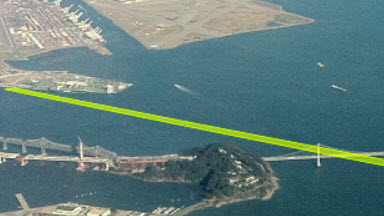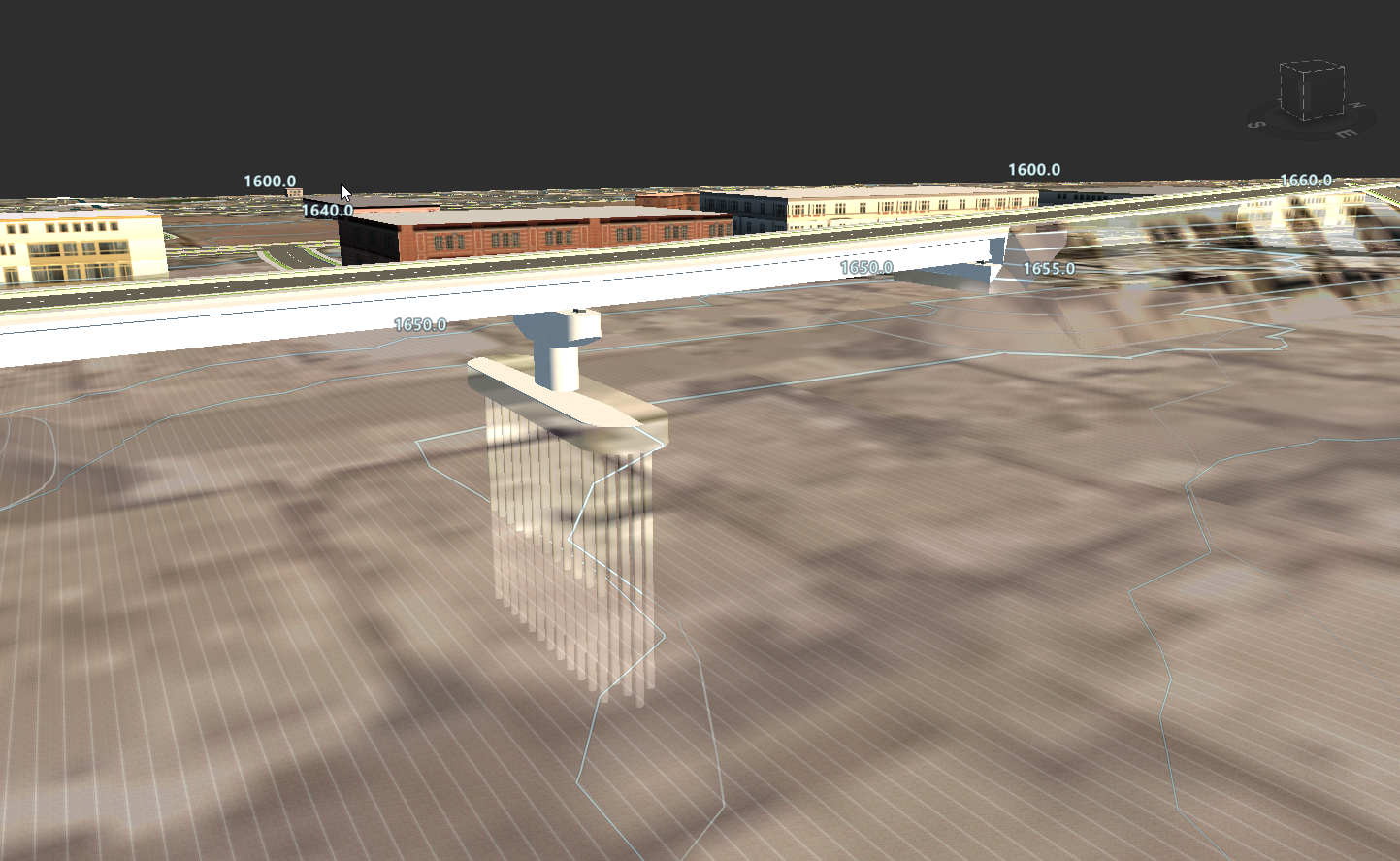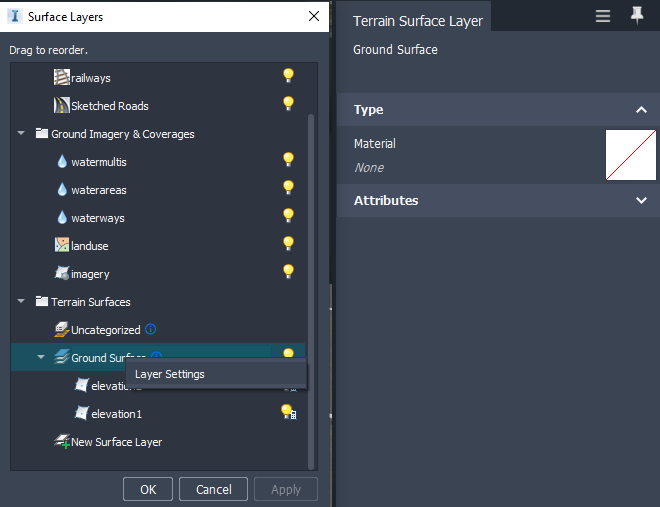Subsurface Terrain Layers (Have You Tried)
Using InfraWorks, civil engineers can add subterranean layers to their models to illustrate the thickness and density of subsurface terrain layers.

What is it?
When we build, we not only direct our attention to the structures themselves, we also look to the ground on which they’re built. The safety and stability of our civil infrastructure projects are always subject to change depending on the material on which they’re built; the wetland soil of Florida behaves in a much different manner than the rocky terrain of Colorado. This can mean that a foundation is prone to shift in a given building site, causing complications down the road.
Using InfraWorks, civil engineers can add subterranean layers to their models to illustrate the thickness and density of subsurface terrain layers. Engineers can add as many layers as needed to the model with the ability to view and hide any layer in the model and adjust the opacity of each terrain layer.

Why should you use it?
The success of a civil infrastructure project is dependent on the foundation it’s built on. To build lasting bridges, tunnels, and roadways, the subsurface terrain must be considered in the design and the planning stages of the project.
Using InfraWorks subsurface terrain features, engineers can work with site surveyors to more accurately model the project environment, customizing the depth and material of subsurface terrain layers. This can be helpful in determining the stability and safety of the project terrain as well as the cost and time required to complete the project.
For example, if a road were to be built across a marshy landscape, designers would need to know the depth and material of the solid ground below the marsh. This would inform the amount of material needed for the project, whether the road will require a backfill as a foundation, as well the amount of time and work required to build the foundation for the road.
Subsurface terrain layers are also useful when developing a subterranean project such as a road tunnel or a mine shaft. By knowing critical information about subsurface terrain, designers can adapt their project around certain obstacles. For example, if there were a sheet of granite along the route for a proposed tunnel, a team can decide to redirect the roadway around the rock to save money and resources, or decide to allocate resources towards building the tunnel through the granite.
How to use Subsurface Layers
Surface layers can be imported to InfraWorks as IMX files via the Data Sources panel in the Create tab on the toolbar.
Layers can be added by clicking Manage ![]() Display
Display ![]() (Surface Layers) to open Surface Layers. You can use this tool to add or modify surface layers.
(Surface Layers) to open Surface Layers. You can use this tool to add or modify surface layers.

When importing surface data, Infraworks will notify you that the data is uncategorized and will not be visible. InfraWorks will then present the Surface Layer dialog asking you to categorize the data.
For Terrain Surfaces, right-click a sub-category such as Ground Surface and select Layer Settings to modify material style and related attributes such as surface opacity for that layer in the Stack.
Use ![]() and
and ![]() to modify visibility for terrain, ground imagery, coverages, water areas, as well as roads and railways.
to modify visibility for terrain, ground imagery, coverages, water areas, as well as roads and railways.
Features that conform directly to the terrain (terrain, coverage, water, railways, and roads) are considered "surface layers." The Hide/Show control for those features controls their display as a group.
By right-clicking a surface in the Surface Layers menu, you can edit layer properties, including layer material and opacity.
Clicking the surface layer in the Data Sources panel allows you to configure IMX and Geolocation options.
Use Cases
San Francisco is in the midst of planning a second Transbay Terminal, a subterranean rail connecting San Francisco and Oakland. Considering the historical geological instability of the San Francisco Bay area and all communities lining the San Andreas fault line, tunnel designers require a full understanding of the terrain materials that they're digging through.
.svg.png)
To create a high-speed rail system that is not only adaptable to the shifts in the terrain, but also one that is labor and resource-efficient, designers must work with surveyors and engineers to fully map the surrounding terrain. This includes identifying bedrock and rock obstacles along the course for the train, as well as understanding the depth of the tunnel below the surface of the water.
By using Infraworks subsurface terrain features, designers, engineers, and site surveyors can collaborate more effectively, working with detailed models of the tunnel building site.
